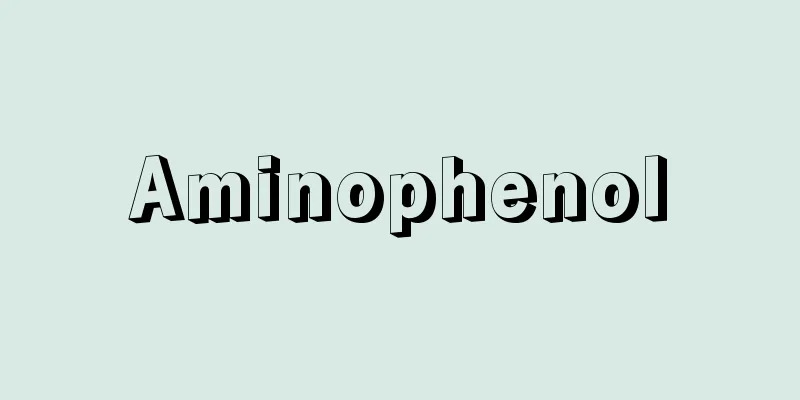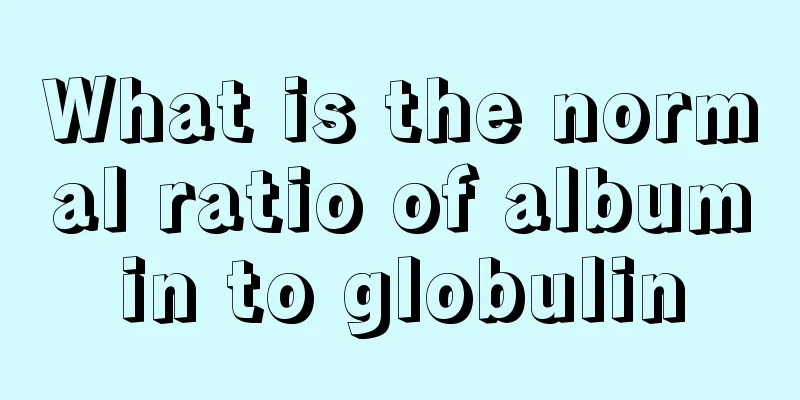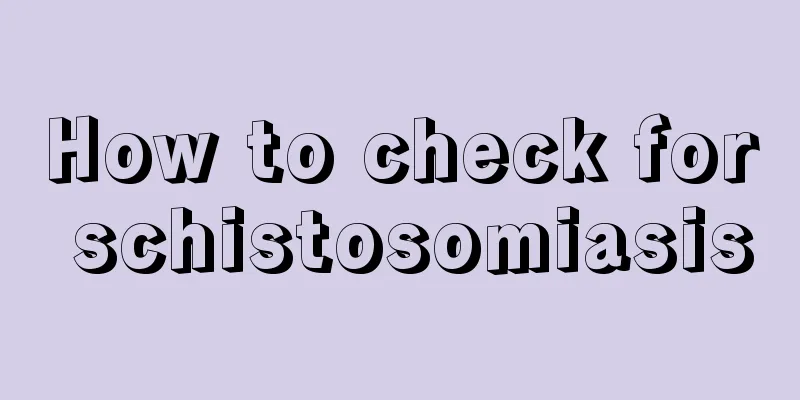Early clinical manifestations of patients with cerebral infarction

|
The disease of cerebral infarction has attracted a lot of attention in modern society. As more and more people suffer from cerebral infarction, it has brought certain pressure to social life. Moreover, this disease mainly harms middle-aged and elderly people, bringing great impact on their later life. The treatment of cerebral infarction is relatively difficult, and the main focus is on prevention. Therefore. It is very necessary to understand its early clinical manifestations. Let’s take a look at the early clinical manifestations of patients with cerebral infarction. People who are more likely to suffer from cerebral infarction are people over 50 to 60 years old, often those with atherosclerosis, hypertension, rheumatic heart disease, coronary heart disease or diabetes, as well as those with bad habits such as smoking and drinking. About 25% of patients have a history of transient ischemic attack before the onset of the disease. There are often prodromal symptoms before the onset of the disease, such as headache, dizziness, vertigo, transient limb numbness and weakness. The onset is generally slow, and patients often develop the disease when they are quiet or sleeping. For most patients, symptoms reach their peak after a few hours or even 1 to 3 days. After a cerebral infarction, most patients are conscious, while a few may have varying degrees of consciousness disorders. Generally, there are no obvious changes in vital signs. If a large area of cerebral hemisphere is infarcted, ischemic, or edematous, the function of the diencephalon and brainstem may be affected, resulting in impaired consciousness and even brain herniation and death soon after the onset of the disease. If the patient becomes unconscious immediately after the onset of the disease, vertebral-basilar artery system cerebral infarction should be considered. 1. Main clinical symptoms The clinical symptoms of cerebral infarction are complex, which are related to the site of brain damage, the size of ischemic blood vessels, the severity of ischemia, the presence or absence of other diseases before the onset of the disease, and the presence or absence of other important organ diseases. In mild cases, there may be no symptoms at all, that is, asymptomatic cerebral infarction; it may also manifest as recurrent limb paralysis or dizziness, that is, transient ischemic attack; severe cases may not only have limb paralysis but also coma and death. If the lesion affects the cerebral cortex, epileptic seizures may occur in the acute phase of cerebrovascular disease, with the highest incidence rate within 1 day after the onset of the disease. Cerebrovascular disease with epilepsy as the first onset is rare. Common symptoms include: (1) Subjective symptoms: headache, dizziness, vertigo, nausea and vomiting, motor and/or sensory aphasia, and even coma. (2) Cranial nerve symptoms: both eyes staring toward the side of the lesion, central facial paralysis and tongue paralysis, pseudobulbar palsy such as choking on water and difficulty swallowing. (3) Physical symptoms: hemiplegia or mild hemiplegia, hemisesthesia, unstable gait, limb weakness, incontinence, etc. |
<<: Symptoms of lip inflammation
>>: How to prevent banana milkshake from turning black
Recommend
What to do if your hair is too thick
Many people worry about hair loss, baldness, thin...
Are big blueberries better or small ones?
Blueberries have high nutritional value and taste...
What should I do if flesh grows inside a decayed tooth
The treatment of tooth decay should be carried ou...
What are the five early symptoms of colon cancer
The early symptoms of colon cancer are often not ...
The three most feared signs of late-stage bile duct cancer
In the late stage of bile duct cancer, there are ...
How to bathe different skin types in winter
The change of seasons causes corresponding change...
What is a dry cough
Dry cough is a type of cough, which is often caus...
What are the taboos of wearing Buddhist beads?
In the bead market, it has become more popular in...
Never let your body exceed these seven limits
As people's living standards improve, more an...
What are the symptoms of goiter
Goiter is not uncommon, and the occurrence of the...
Be careful if you often have back pain when walking because of these reasons
People often experience low back pain during phys...
What are the typical symptoms of neurosis?
Common causes of neurosis include genetics, socia...
Shingles blisters turn black
When shingles blisters turn black, it is usually ...
Detailed explanation on what to do if your hair is very oily
Some friends hate their hair because it is very o...
Advantages of radiotherapy for patients with lymphoma
Radiotherapy can be used to treat lymphoma. Radio...









